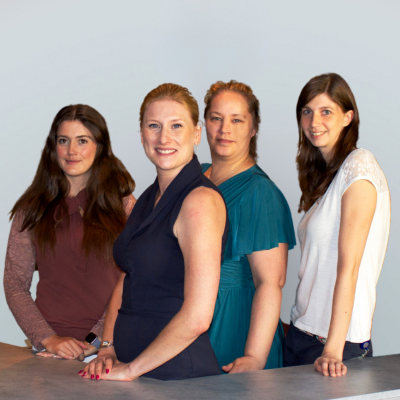Change and Adoption
Change is not only inevitable in modern companies but the key to growth and innovation. Whether it’s implementing new technologies, reorganizing structures, or adapting to market shifts - effective change management determines whether transformation succeeds or fails. But how can change be designed to be sustainable and supported by employees and how do you enhance user adoption to ensure that you’re not just releasing a new tool, but users are actualy using the new processes and getting the most out of the new tool. A well-thought-out, step-by-step approach is crucial.
This blog post concludes our series and reflects on how change management seamlessly integrates into the previously covered disciplines - from idea management through portfolio and project management to service and knowledge management. We also draw on models like ADKAR to provide a structured framework for navigating change.
1. Change as an Integral Part of Lifecycle Management

Our blog post series has demonstrated the importance of linking processes—from idea management, portfolio, and project management to release and service management. Change is a constant factor throughout these stages. In idea management, transformation begins when innovative suggestions are filtered and prioritized.
In portfolio management, change plays a central role: projects must be regularly reviewed and reprioritized based on evolving goals or market requirements. Change management ensures that new initiatives are smoothly integrated into the existing organizational structure.
Within project management, change often drives agility. Agile methods like Scrum or Kanban are designed to flexibly respond to changes. Transitioning to a release management process, where qualified deliverables are deployed, again brings both technical and organizational changes.
Finally, service management closes the loop: feedback gathered through this channel serves as input for future changes, which then flow back into idea and portfolio management. Change is not just managed here but actively utilized for continuous improvement.
The ADKAR model provides a clear structure for how change can be successfully implemented at an individual and organisational level - and can be applied to each of the processes mentioned above. It shows that sustainable change is made possible by five steps:
2. ADKAR as a Framework for Change Across All Areas
Awareness
Change begins with creating clear awareness of its necessity—whether through a new idea in idea management or a strategic shift in portfolio management.
Desire
Only when employees have the desire to embrace the change will it succeed. This phase is crucial in project and task management, where teams must actively shape the change.
Knowledge
Implementing change requires the necessary knowledge—from new tools to modified processes, as seen in test and release management.
Ability
The ability to execute change is developed through targeted training and skill-building. A focus on implementation ensures that changes are not just planned but realized.
Reinforcement
Finally, service management and long-term documentation in knowledge management ensure that changes are reinforced and do not fade over time.
3. Change as a Continuous Process: The Feedback Mechanism

As described in our blog post on service management, change does not end with project completion. On the contrary - each change leads to new insights that feed back into the idea and innovation process. This means that change management is not a one-time event but an ongoing process that touches all areas of an organization.
A functioning feedback loop ensures that changes are not viewed in isolation. Every new idea, every piece of feedback from service management, and every portfolio decision is placed in the context of the entire company, ensuring that change is driven holistically and strategically.
4. How Atlassian Tools Support Change Management

Implementing change management is made easier with the right tools, and this is where Atlassian solutions come into play. Jira helps manage change at the project level by tracking tasks and monitoring progress. Confluence serves as a central platform for knowledge management, where all documentation and processes are recorded to make change transparent.
With tools like Jira Product Discovery, change can be structured right from the idea management stage. Every idea is captured, evaluated, and prioritized, which supports the entire change process. Comprehensive documentation within service and asset management ensures that all changes are sustainably anchored and traceable at any time.

Change management is much more than just reacting to external impulses - it’s a strategic tool that companies can use to continuously evolve. With the right tools and methods, change can be structured, transparent, and sustainable. A holistic approach that encompasses all areas of the company - from idea management to service management - turns the change process into a valuable part of the business strategy.
Atlassian portfolio You may also be interested in
Do you need further information about our lifecycle processes?
Are you ready to take your change management to the next level?
Contact us for a no-obligation consultation.

We will gladly help you
- Kleiststraße 10a, 01129 Dresden
- Tel: 0800 8 776 776
- sales@communardo.de



